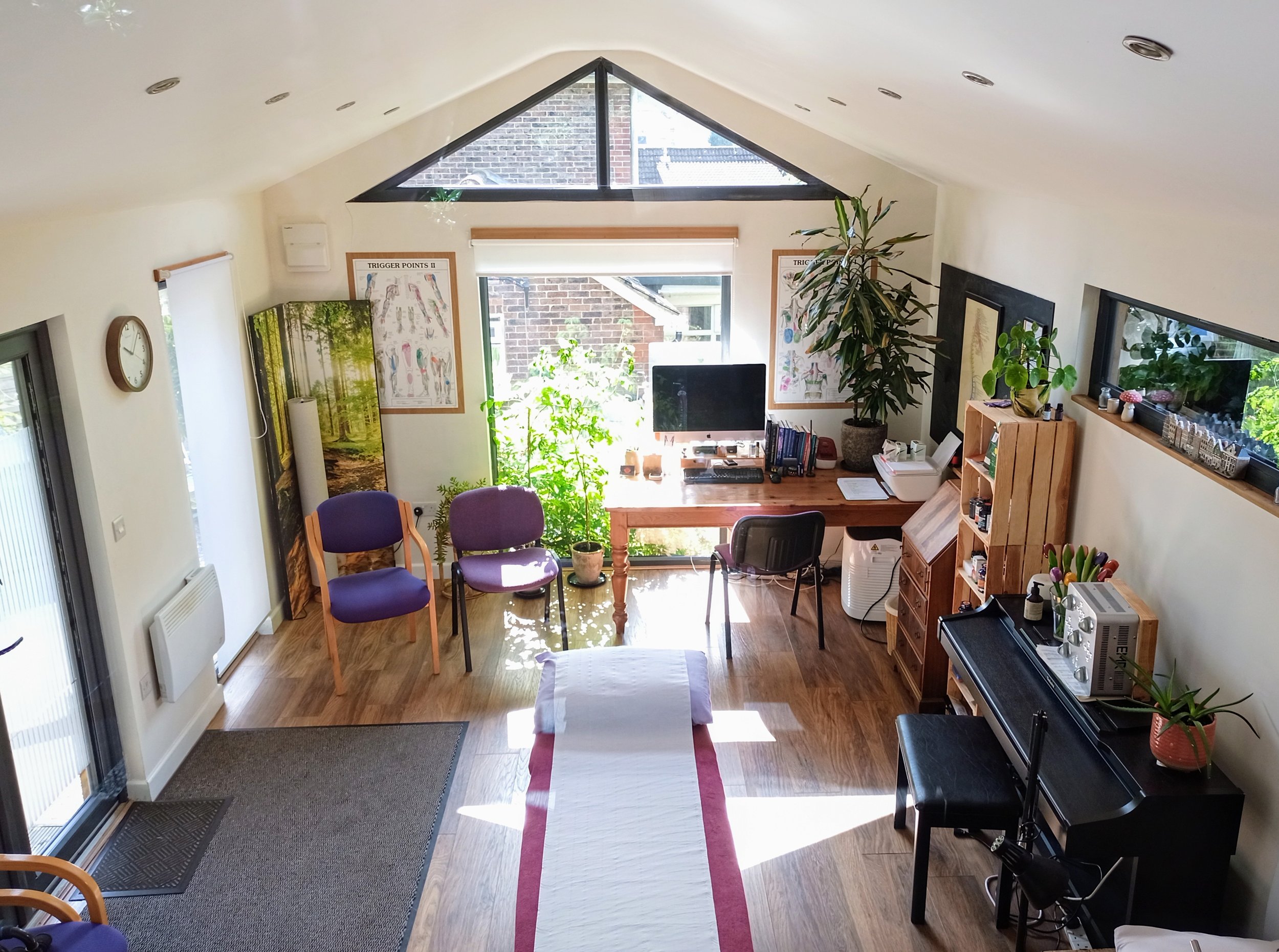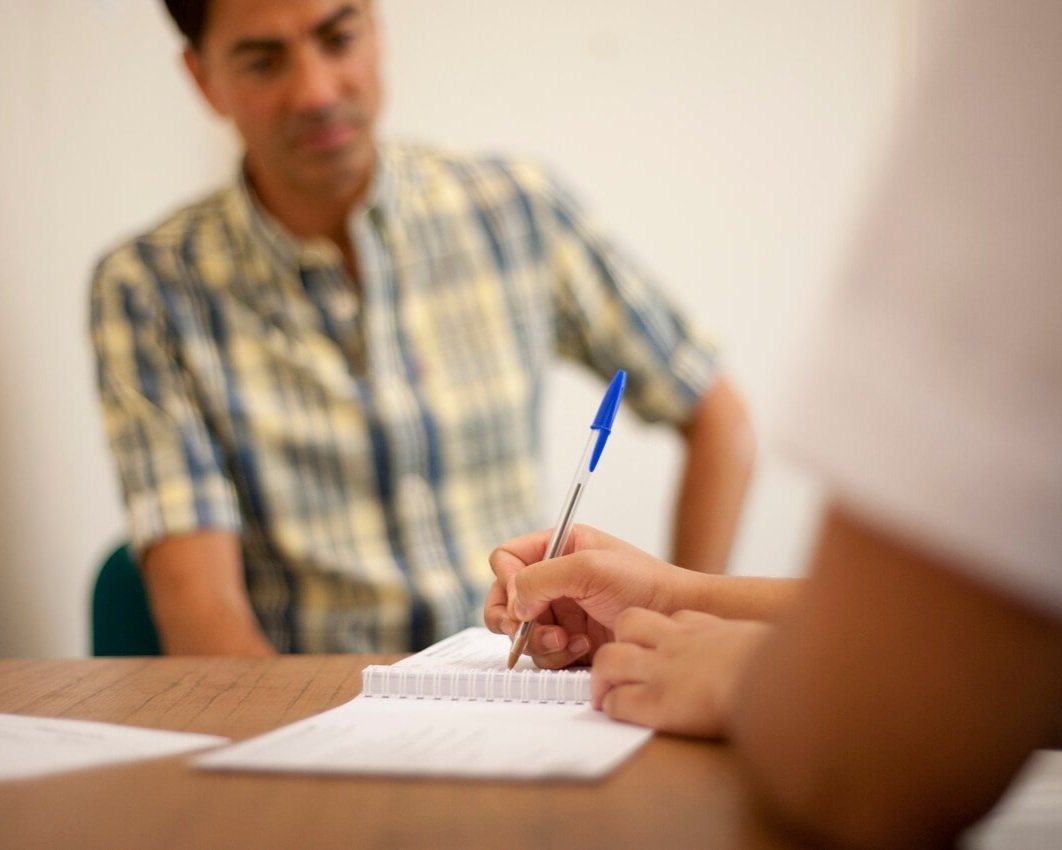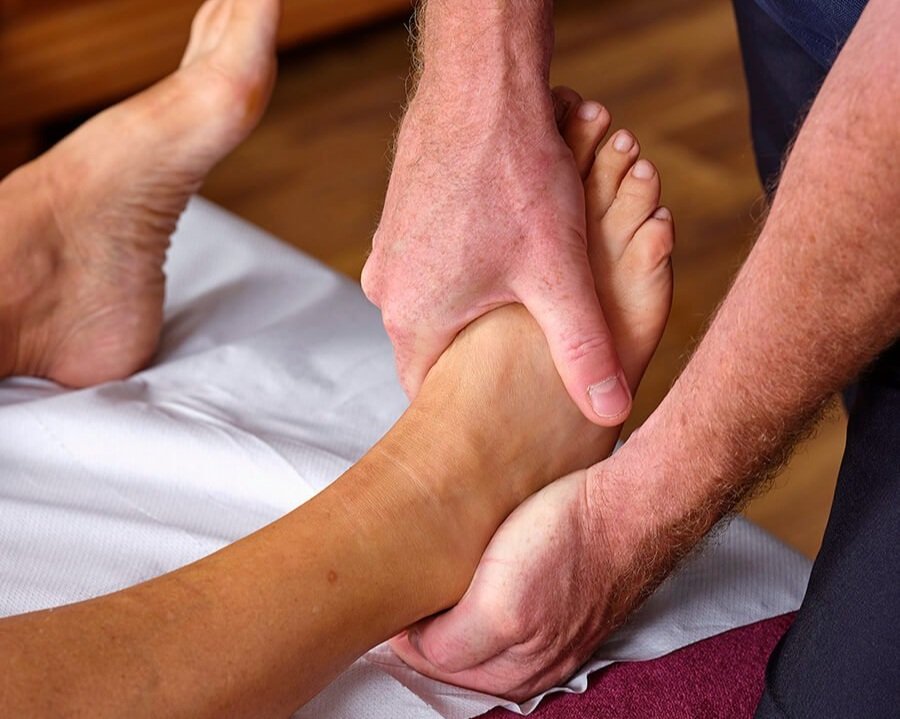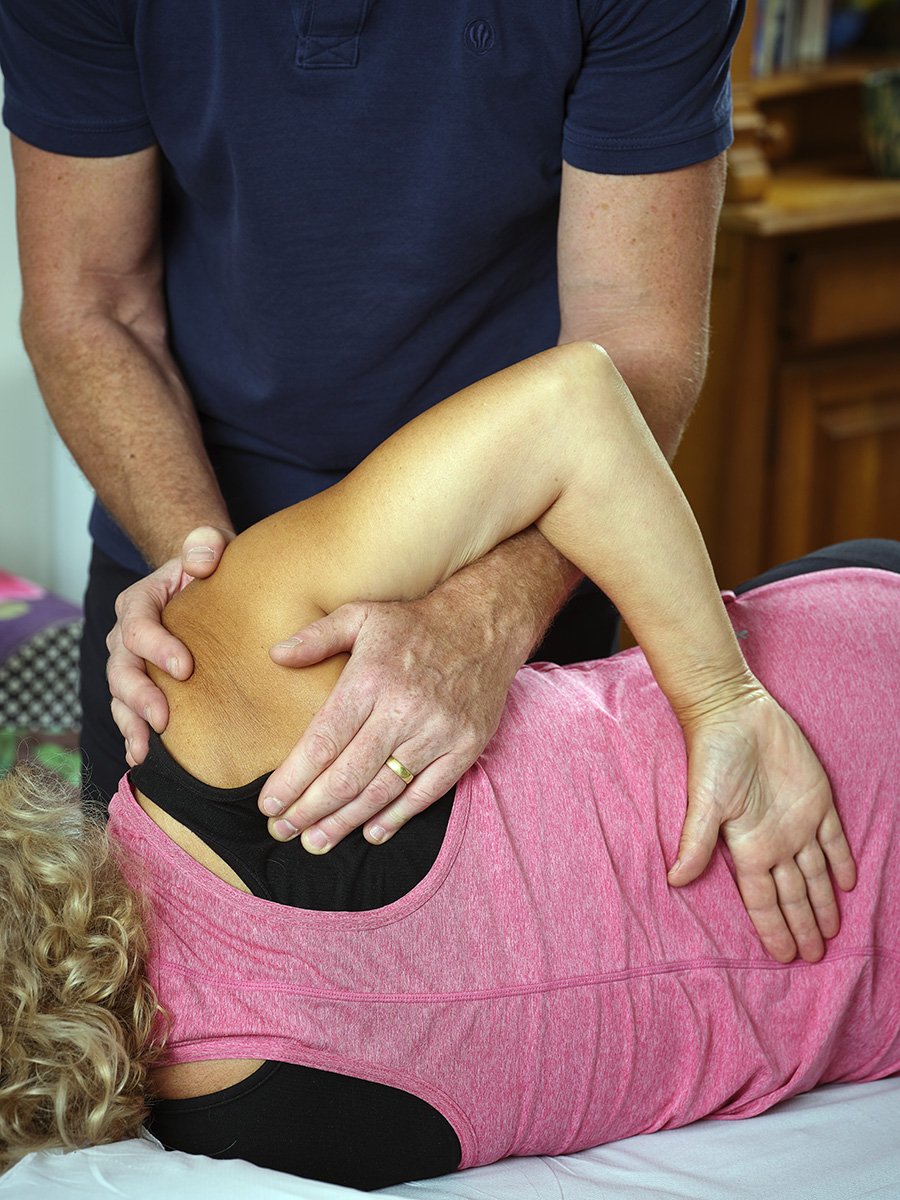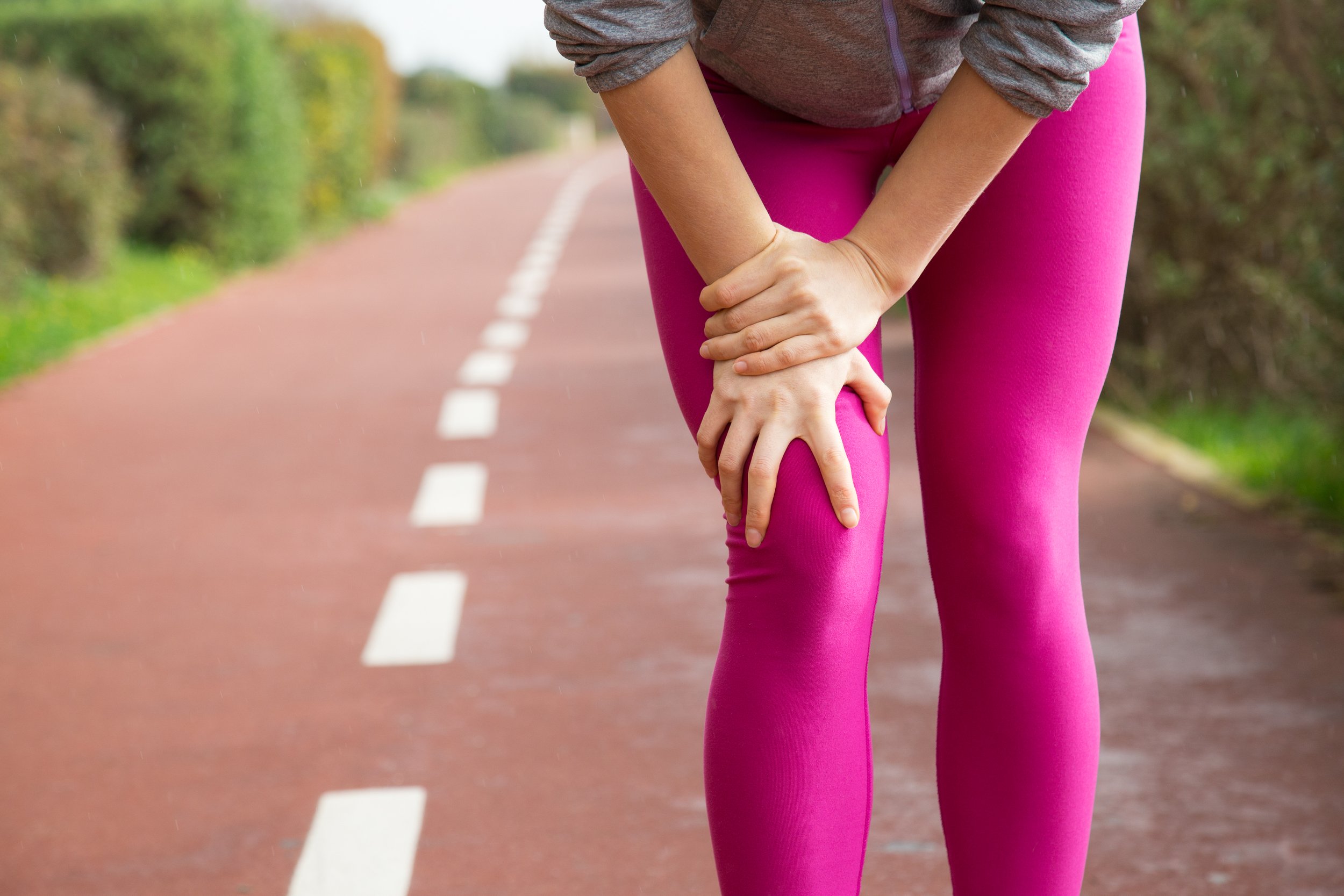
Knee Pain Treatment at Osteo Studio in East Grinstead
Knee Pain
Knee pain can limit your ability to walk, bend, exercise, or simply move through daily life comfortably. Whether it’s the result of an injury, overuse, or age-related wear, osteopathic treatment offers a non-invasive, hands-on approach to help reduce pain, restore movement, and support long-term recovery. If you're looking for effective knee pain treatment in East Grinstead, we can help.
What Causes Knee Pain?
Ligament or cartilage injuries (e.g. ACL, meniscus tears)
Osteoarthritis or age-related changes
Patellofemoral pain syndrome (runner’s knee)
Tendon strain or inflammation (tendinopathy)
Referred pain from the hip, foot, or lower back
Poor biomechanics or muscle imbalance
Knee pain may develop suddenly after a twist or strain, or gradually due to overuse, postural stress, or previous injuries.
How Osteopathy Helps
Osteopathic treatment focuses on improving the function of the entire leg, not just the knee itself. Treatment may include:
Soft tissue massage – to ease tight muscles and reduce inflammation
Joint mobilisation – to improve movement in the knee and surrounding joints
Stretching and muscle balancing – to support correct alignment and function
Gait and posture advice – to correct movement patterns that may contribute to pain
Rehabilitation exercises – to strengthen and stabilise the knee
Medical Acupuncture
We may also use medical acupuncture to reduce pain and muscle tension, support healing, and improve circulation around the knee. This can be especially helpful in managing long-term or stubborn knee pain.
Your First Visit
In your first appointment, we will:
Discuss how and when your knee pain started, and how it's affecting you
Assess your movement, posture, and muscle balance across the lower body
Provide tailored hands-on treatment during your session
Create a recovery plan including self-care, rehab advice, and follow-up options
Treatment is always adapted to your activity level, injury history, and goals—whether you’re looking to get back to running, walking pain-free, or simply moving more comfortably.
Looking for Knee Pain Relief in East Grinstead?
Osteopathy and medical acupuncture offer a safe, effective way to manage knee pain and improve mobility—without relying on medication or invasive procedures. Conveniently located near East Grinstead, we’re here to support your recovery with professional, one-to-one care.
Book online or call 01342 537005 to arrange your first appointment.

